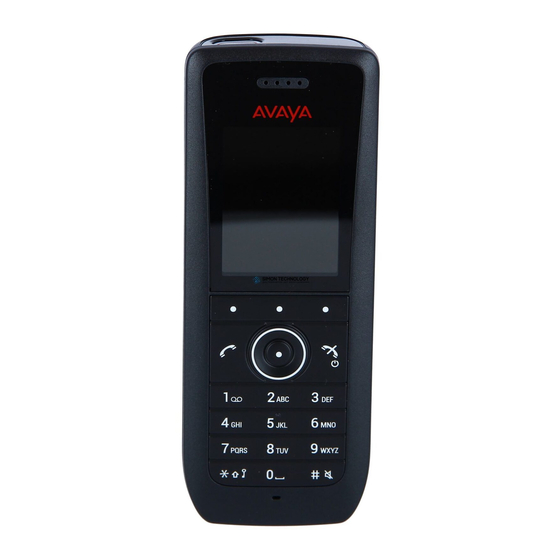
Avaya 3735 Manuals
Manuals and User Guides for Avaya 3735. We have 4 Avaya 3735 manuals available for free PDF download: User Manual, Installing And Configuring, Quick Reference Manual
Avaya 3735 User Manual (135 pages)
DECT handsets connected to Avaya Aura Communication Manager and IP Office
Table of Contents
Advertisement
Avaya 3735 User Manual (100 pages)
DECT handsets
connected to Integral Enterprise IEE 7.2
Table of Contents
Advertisement
Advertisement



